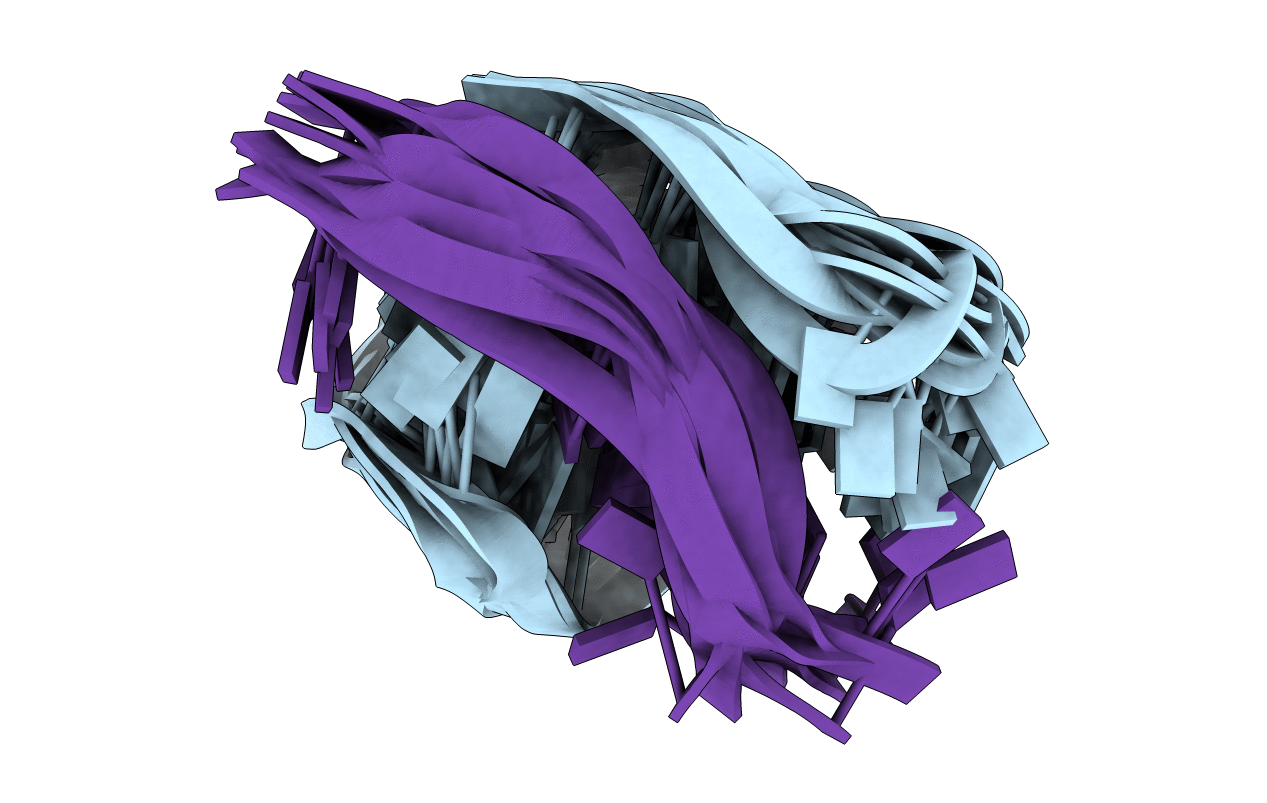
Deposition Date
2005-08-18
Release Date
2006-03-07
Last Version Date
2024-05-22
Entry Detail
PDB ID:
2AQY
Keywords:
Title:
(3+1) assembly of three human telomeric DNA repeats into an asymmetrical dimeric G-quadruplex
Biological Source:
Source Organism:
Method Details:
Experimental Method:
Conformers Calculated:
10
Conformers Submitted:
10
Selection Criteria:
all calculated structures submitted,back calculated data agree with experimental NOESY spectrum,structures with acceptable covalent geometry,structures with favorable non-bond energy,structures with the least restraint violations,structures with the lowest energy,target function


